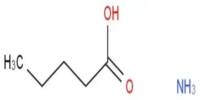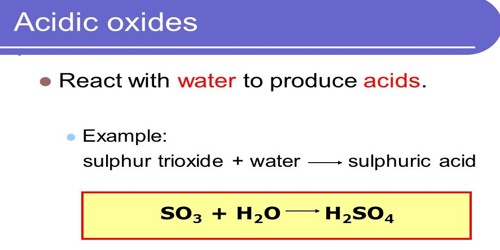Soil salinity control is the process of managing the rate and progression of soil salinity in order to prevent soil degradation caused by salination and to reclaim already salty (saline) soils. It is critical for preserving soil health and maximizing crop output. Soil reclamation is often referred to as soil improvement, rehabilitation, remediation, recovery, or amelioration.
Irrigation is the most common human-caused source of salinity. Salts in river water or groundwater used for irrigation linger in the soil after the water evaporates. The basic way of regulating soil salinity is to allow 10-20% of irrigation water to leach into the soil, which is then drained and released through an appropriate drainage system. The salt concentration of drainage water is typically 5 to 10 times more than that of irrigation water, implying that salt export will more nearly match salt input and will not build.
Here are some effective methods for managing and reducing soil salinity:
- Improving Drainage: Proper drainage is vital for preventing waterlogging and salt formation in the soil. Installing subsurface drainage systems, such as tile drains or open ditches, can assist in removing surplus water containing dissolved salt.
- Leaching: Leaching is the process of flushing salts below the root zone from the soil using surplus water. This strategy is useful in places with adequate water supply and porous soils. Water use must be managed efficiently.
- Gypsum Application: Gypsum (calcium sulfate) can help improve soil structure and reduce sodium levels by replacing sodium ions with calcium ions. This process is known as ion exchange and helps in mitigating soil salinity.
- Organic Matter Addition: Incorporating organic matter into the soil improves its fertility and structure, which can help reduce the effects of salinity. Organic matter binds with salts and reduces their availability to plants.
- Crop Selection and Rotation: Some crops are more tolerant to salinity than others. Selecting and rotating salt-tolerant crops can help manage salinity levels in the soil over time. Deep-rooted plants can also help in reducing soil salinity by accessing deeper soil layers.
- Avoid Over-Irrigation: Over-irrigation can lead to waterlogging and subsequent salinization of soils. Using irrigation techniques such as drip irrigation or precision irrigation can help in applying water efficiently and avoiding excess water application.
- Soil Amendments: Lime and other amendments can be used to balance soil acidity, which can worsen salt problems. However, the applicability of soil additives should be determined by soil tests and specific conditions.
Monitoring and Management
Regular monitoring of soil salinity levels via soil testing is required for prompt intervention. Implementing a comprehensive management strategy based on local conditions and crop needs is critical for efficiently controlling soil salinity.
















